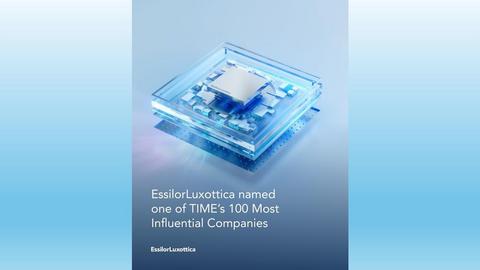Companies news • Analyses & Studies • Publications
Blockchain is revolutionizing the banking sector

By Nacho González, Blockchain Research Line Expert, Atos Research & Innovation
In today’s globalized environment, with regulatory demands and competition from fintechs and others, institutions that cannot meet these challenges may not be viable in the long term.
Regulatory demands and competition from fintechs, disruptors and others, especially in today’s globalized environment are posing a long term viability challenge to those institutions that cannot match these agile digitally focused organisations. With the emergence of blockchain technology, a new revolution is underway: the industry is embarking on transformation, from operational processes, to different business markets such as payment services, real estate, insurance, asset management, crowdfunding and lending to leverage the advantages it offers. Blockchain is the first technology that offers a way to fully manage digital assets in a trusted, traceable, automated and predictable way. What distinguishes blockchain is that each ‘block’ is linked and secured using cryptography. Trust is distributed along the chain and relies on cryptography eliminating the need for a trusted third party to facilitate digital relationships and ledgers.
Enhancing Digital Finance Processes
In the financial services ecosystem, the most significant business areas are clearing and settlement, trade finance, cross-border payments, insurance and anti-money laundering. This is where the Distributed Ledger Technologies (DLT) aspect of blockchain can be applied. In particular we can point to the Australian Stock Exchange, which has since moved all of its financial asset management to a DLT platform. Within clearing and settlement, we don’t currently have a common way forward regarding which stages of the lifecycle of a transaction (pre to post trade, execution to settlement) can be encompassed by the blockchain. Look at this practically, we continue to see holes such as information sharing with pre-existing legacy systems, compliance and regulatory concerns, along with assets segregations. We need to address these issues before we can scale blockchain for such processes. Yet in the financial processing industry, DLTs provide a compelling set of benefits:
Traceability. Products and assets can be followed and scrutinized in live time. Once held in a ledger, the data is then immutable; access can be given by those who participate in the system/ network, whilst preventing private information from being disseminated to any other sides. In addition, any additional asset data can be provided for use in various manners going with or going from the new owner.
Clarity. Clear, easy to understand information regarding a transaction will help to encourage customer trust. Balancing transparency and privacy are an integral feature of blockchain. Identity is hidden within cryptography in the blockchain, therefore the connection of public key identities with individuals who use it is a hard connection to make. Combining this with the means of data structure within a blockchain (in which a transaction is linked to a public key identity), allows for an unmatched level of transparency with privacy.
Accountability. Within the chain of blocks, transactions are kept in sequence and indeterminably. This allows for accountability and auditability at every stage, not needing any outside players.
Security. Each single transaction is verified by the network using cryptographic algorithms, assuring the authenticity and immutability of the information. The users have control over their own assets and transactions also using cryptography. Blockchain is therefore innately secure. Of course, there are theoretical scenarios where a blockchain can be counterfeit, for example modifying one single transaction in more than the 51% of the network, but technical limitations make this scenario hypothetical, rather than a real threat to data integrity and immutability.
The beginning of the end of traditional banking?
Most key players in the industry have reacted to blockchain and are deploying DLT applications in their day-to-day operational processes and applying them to different services provided by institutions. These include JP Morgan Chase in the US (with its Blockchain Center of Excellence), Banco Santander in Spain (supporting initiatives such as RippleNet and Hyperledger or with We.trade trading platform deployment) or Mitsubishi UFJ in Japan (with the launch of a blockchain-based payments network).
The implementation and deployment of fully operational, trusted and authorized interaction networks among corporations, B2B networks, service providers and financial institutions will be highly disruptive. This does not herald the end of the banking industry as we know it but blockchain, as part of widescale digital transformation, will add significant value. The question is whether traditional players are going to lead this transformation or new players will emerge.
About Atos
is a global leader in digital transformation with 107,000 employees and annual revenue of over € 11 billion. European number one in cybersecurity, cloud and high performance computing, the Group provides tailored end-to-end solutions for all industries in 71 countries. A pioneer in decarbonization services and products, Atos is committed to a secure and decarbonized digital for its clients. Atos is a SE (Societas Europaea), listed on Euronext Paris and included on the CAC 40 ESG and Next 20 Paris Stock Indexes. The purpose of Atos is to help design the future of the information space. Its expertise and services support the development of knowledge, education and research in a multicultural approach and contribute to the development of scientific and technological excellence. Across the world, the Group enables its customers and employees, and members of societies at large to live, work and develop sustainably, in a safe and secure information space


